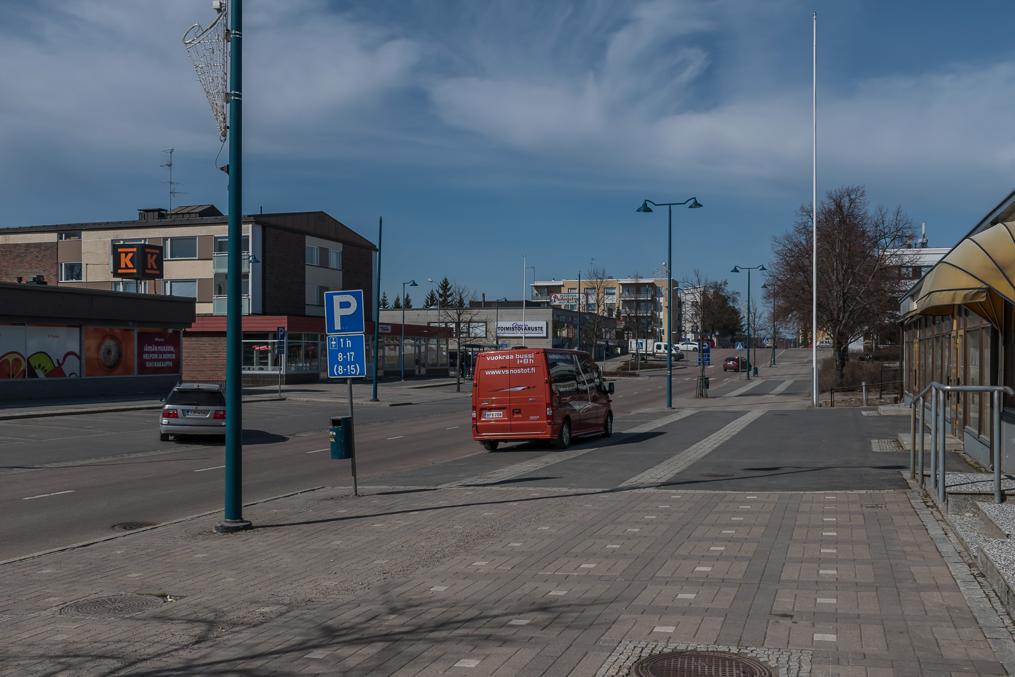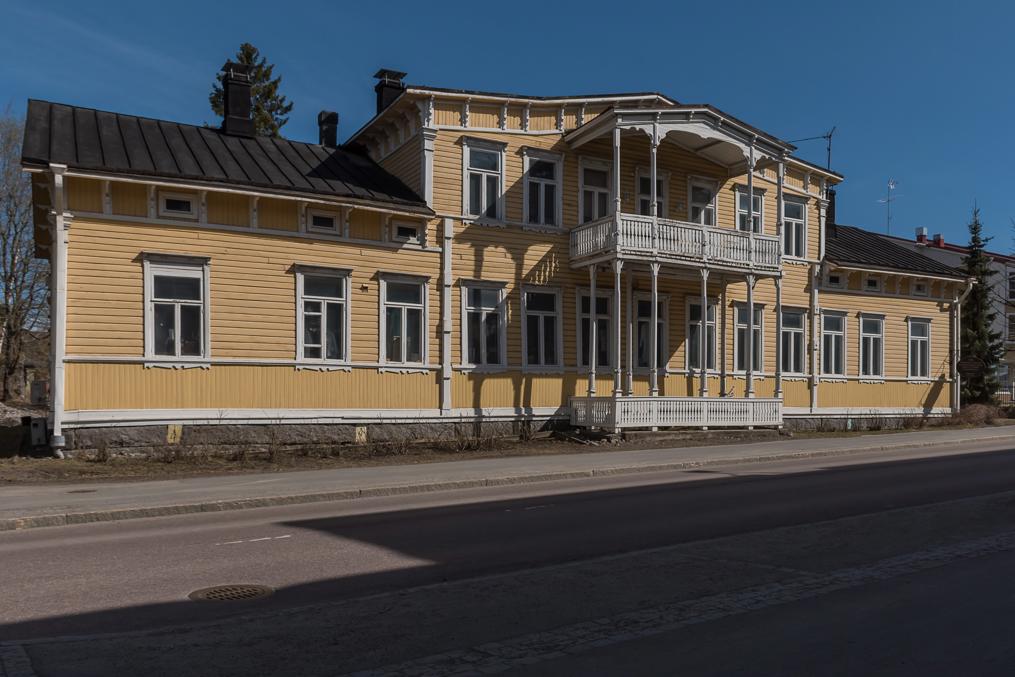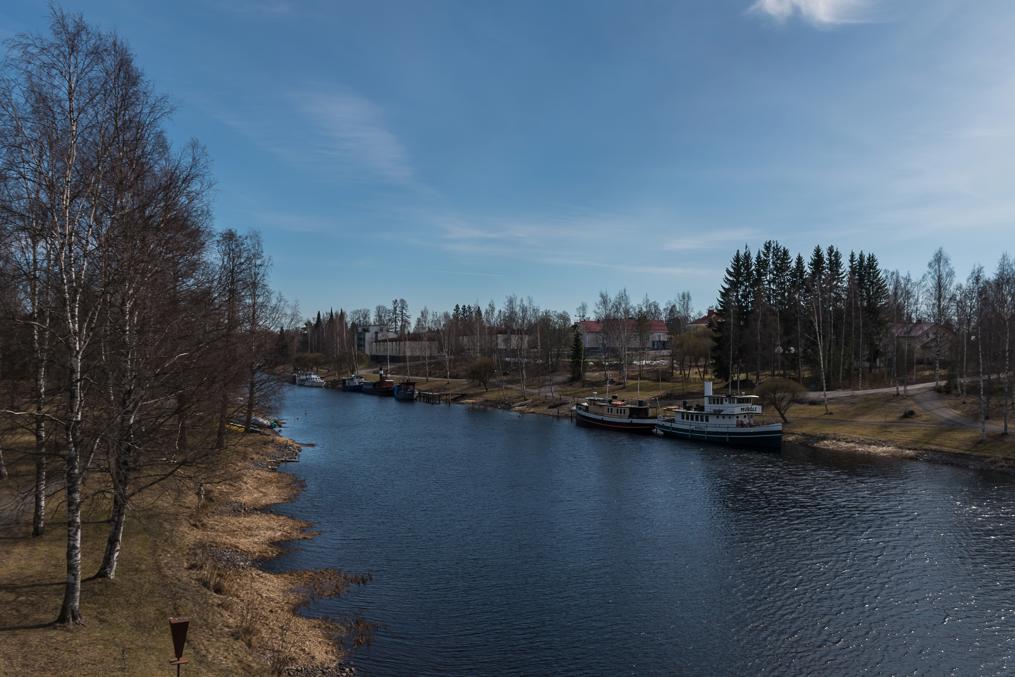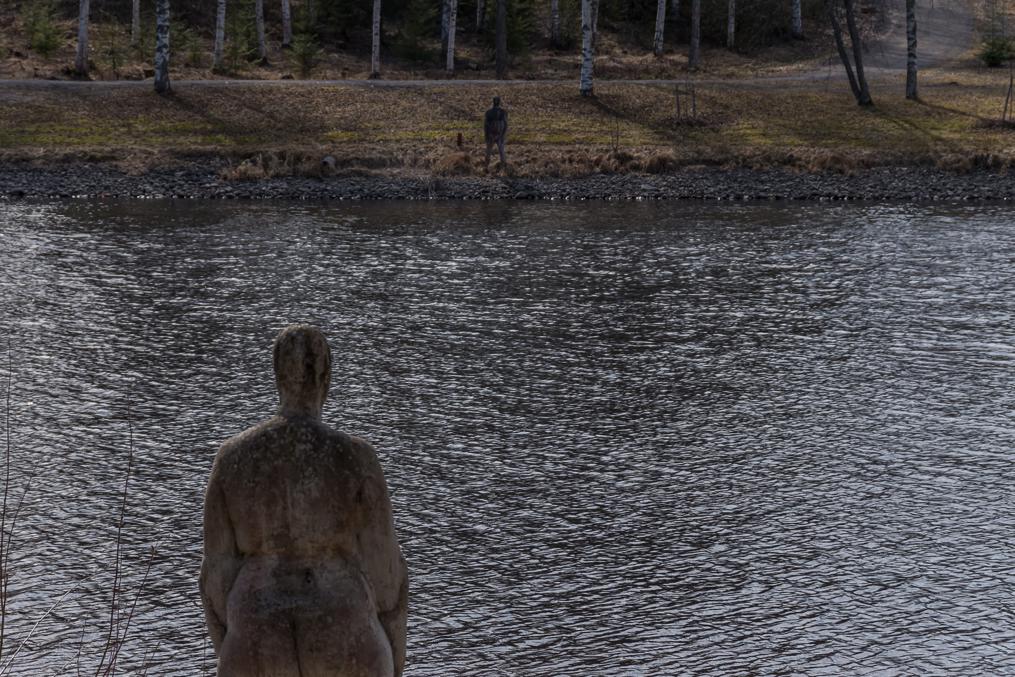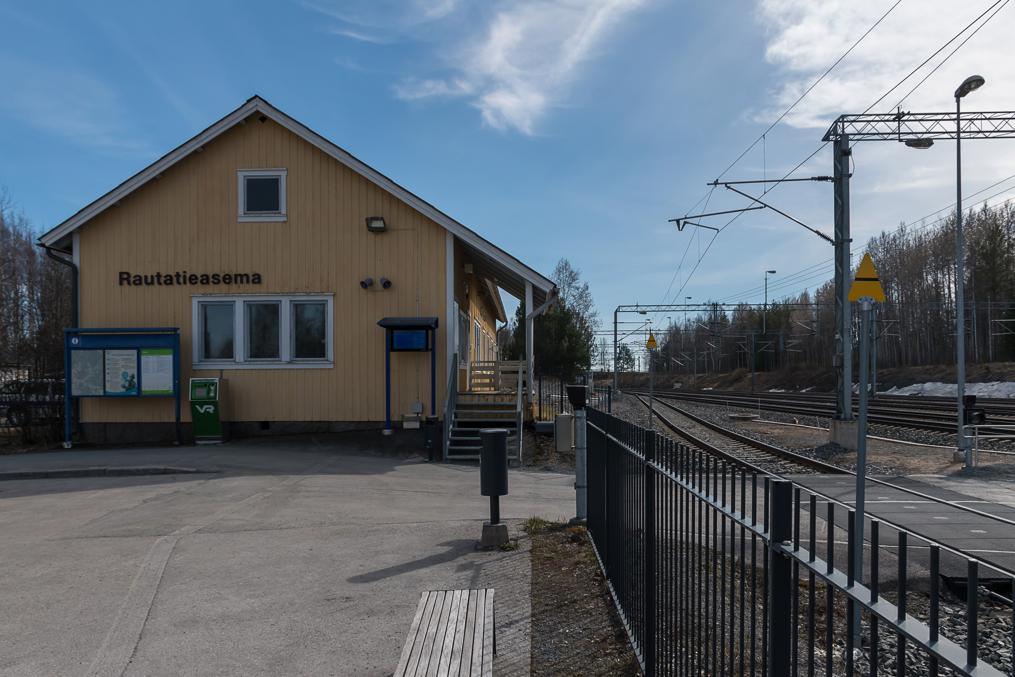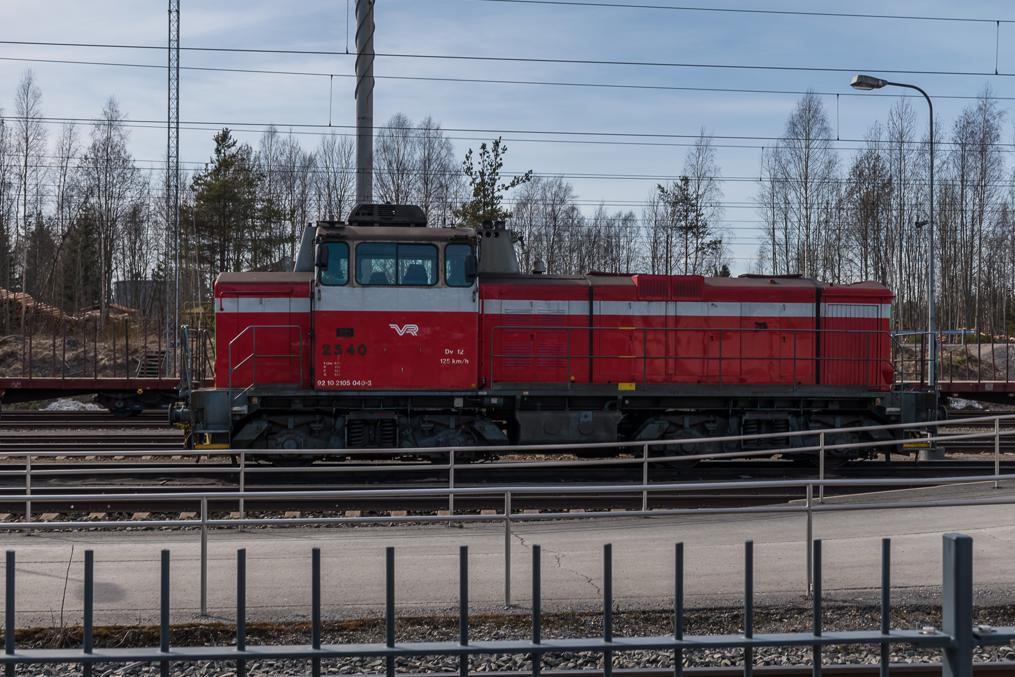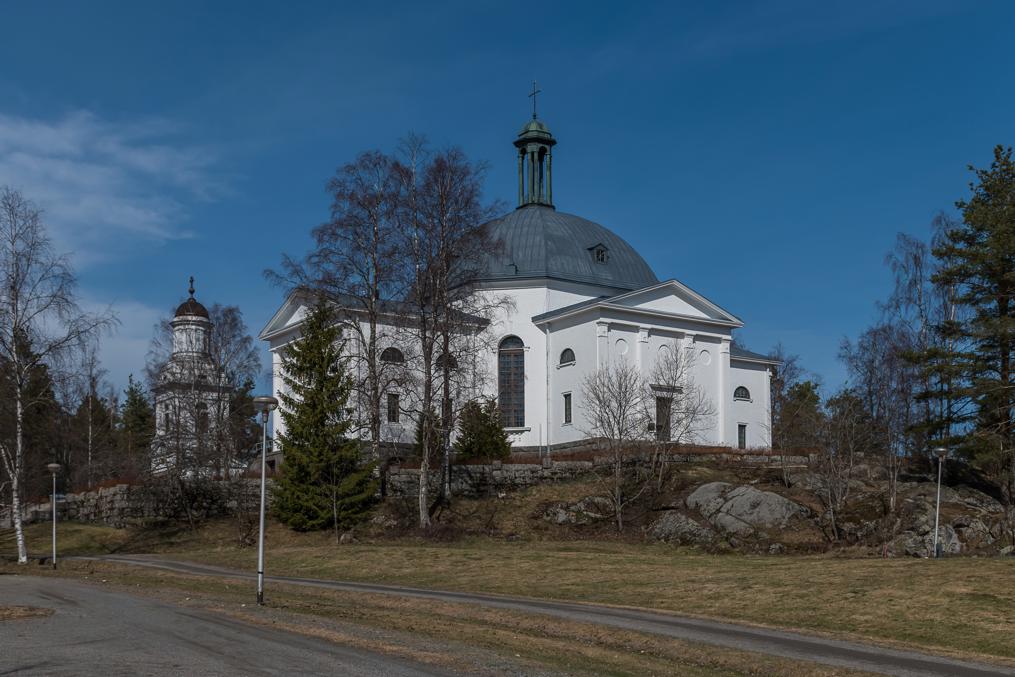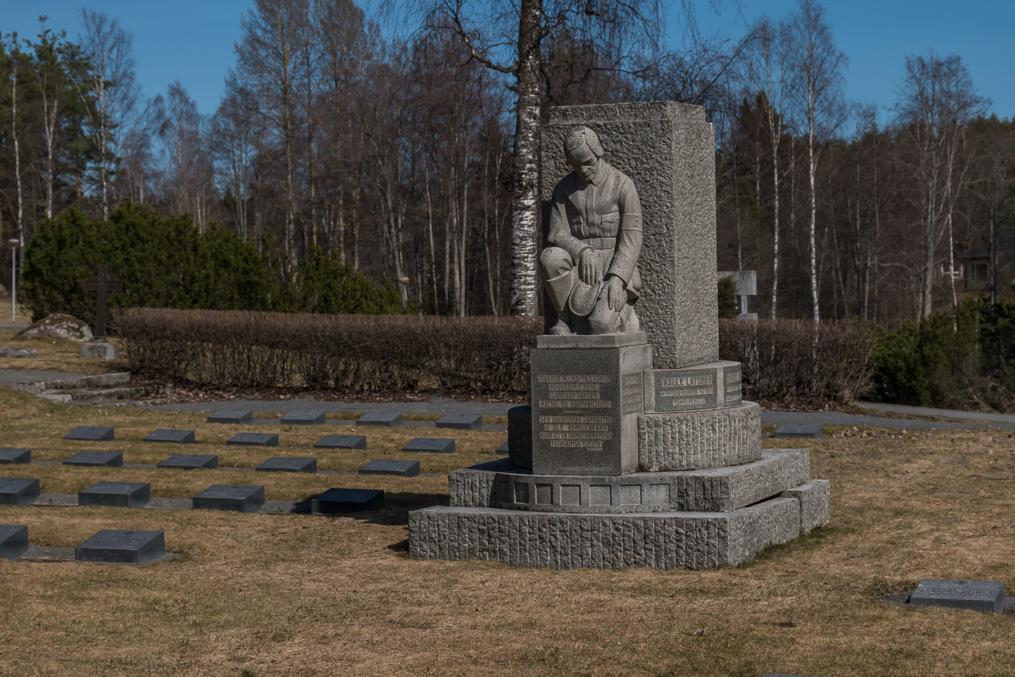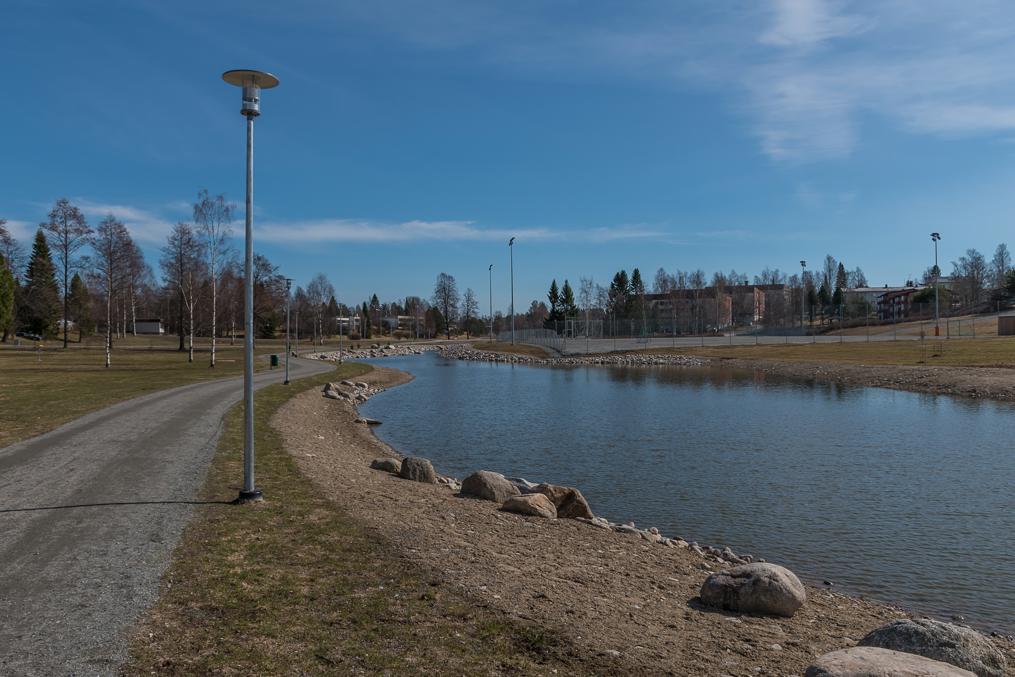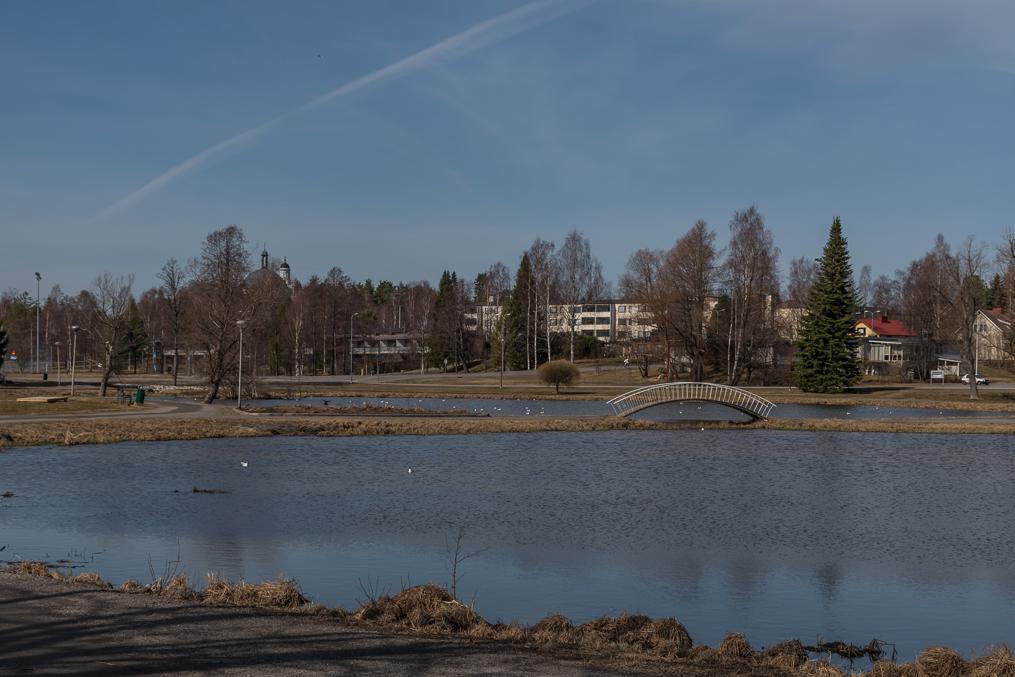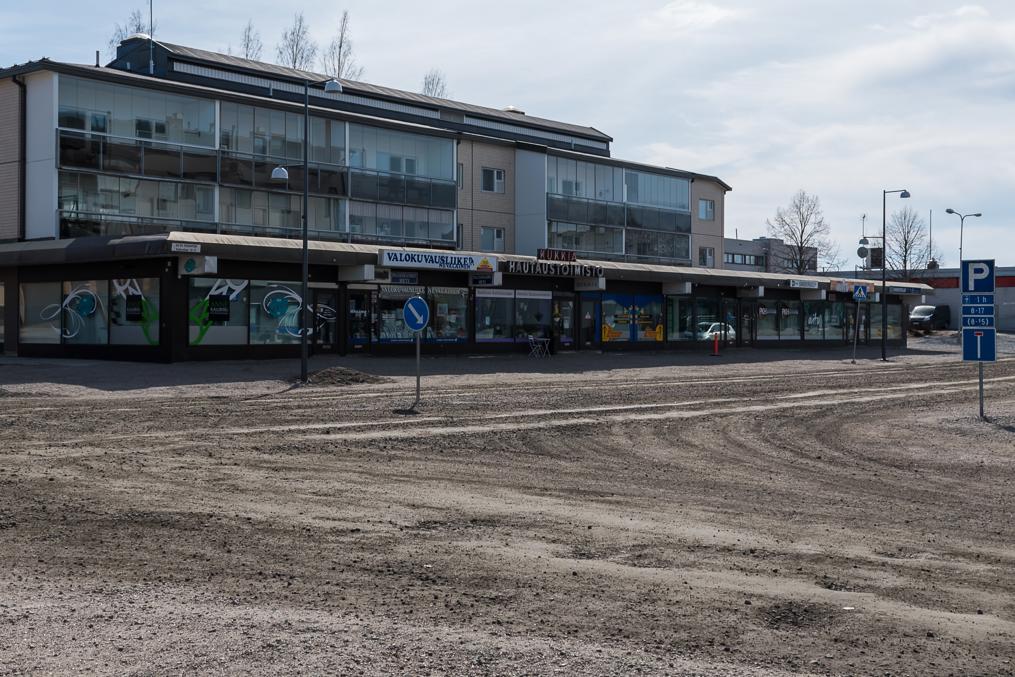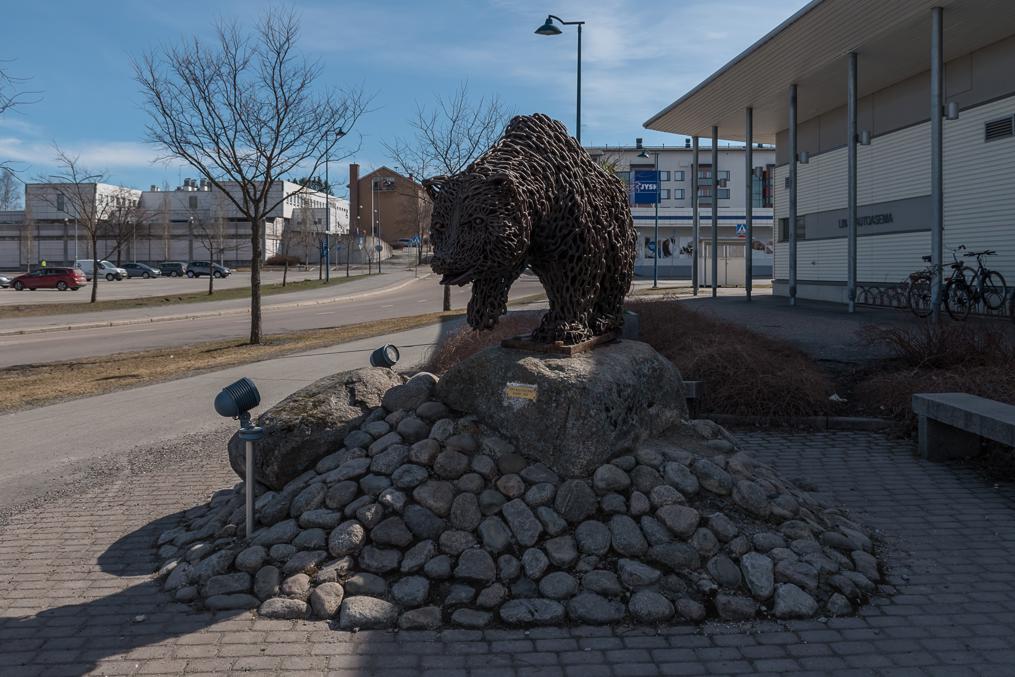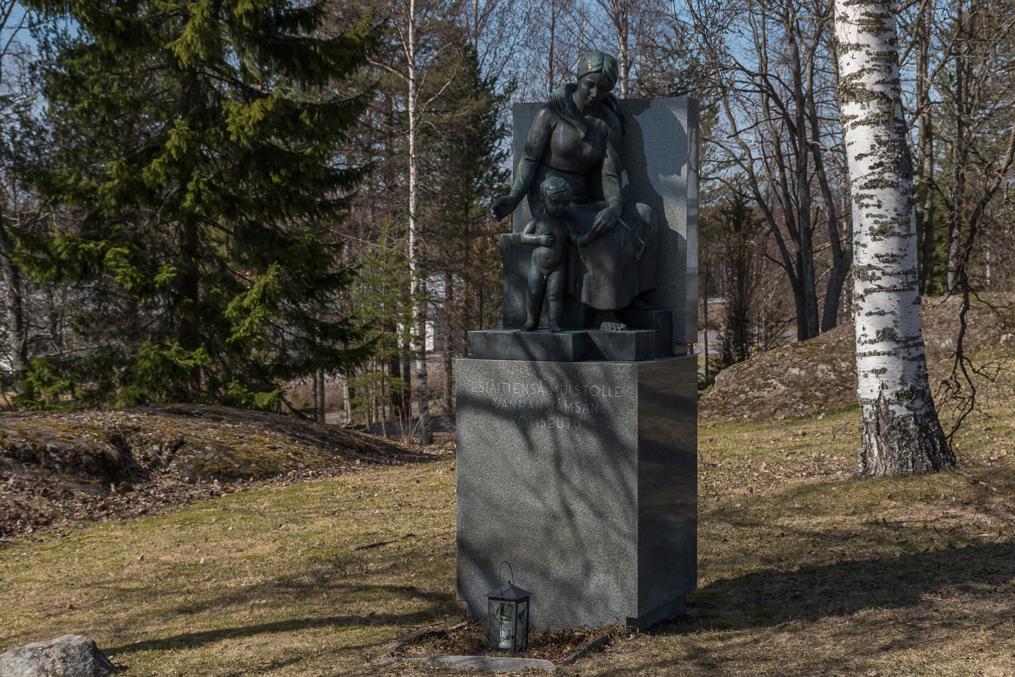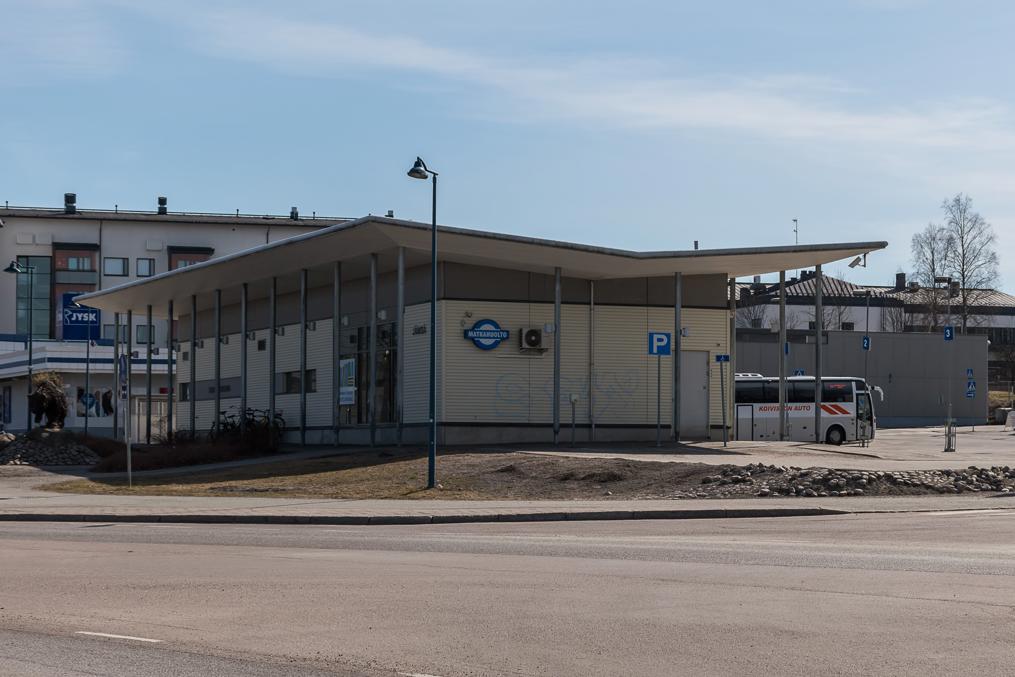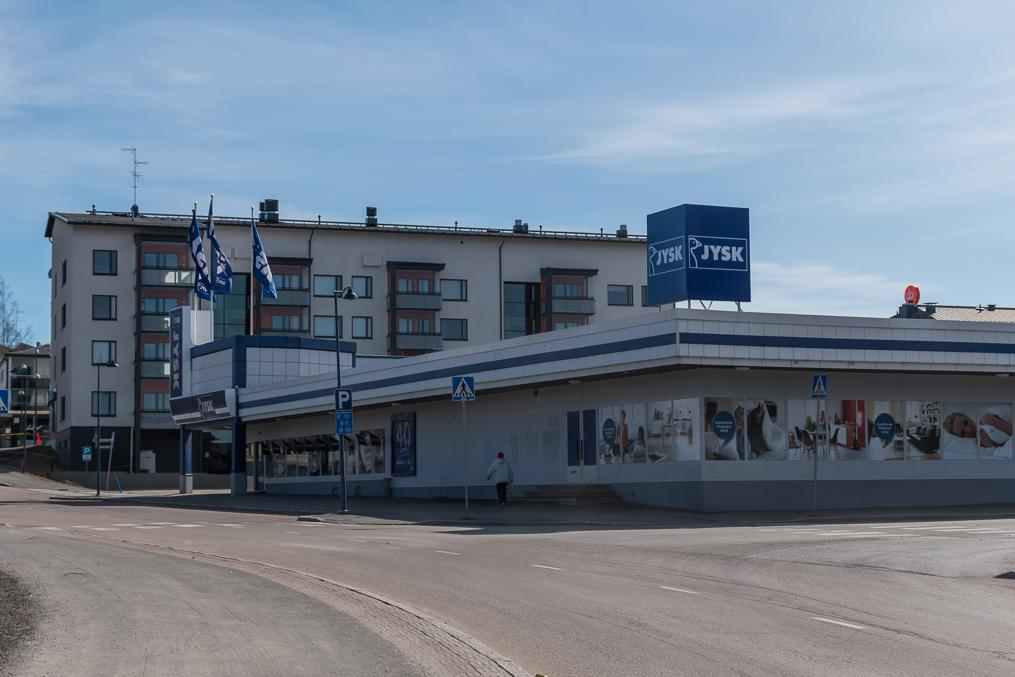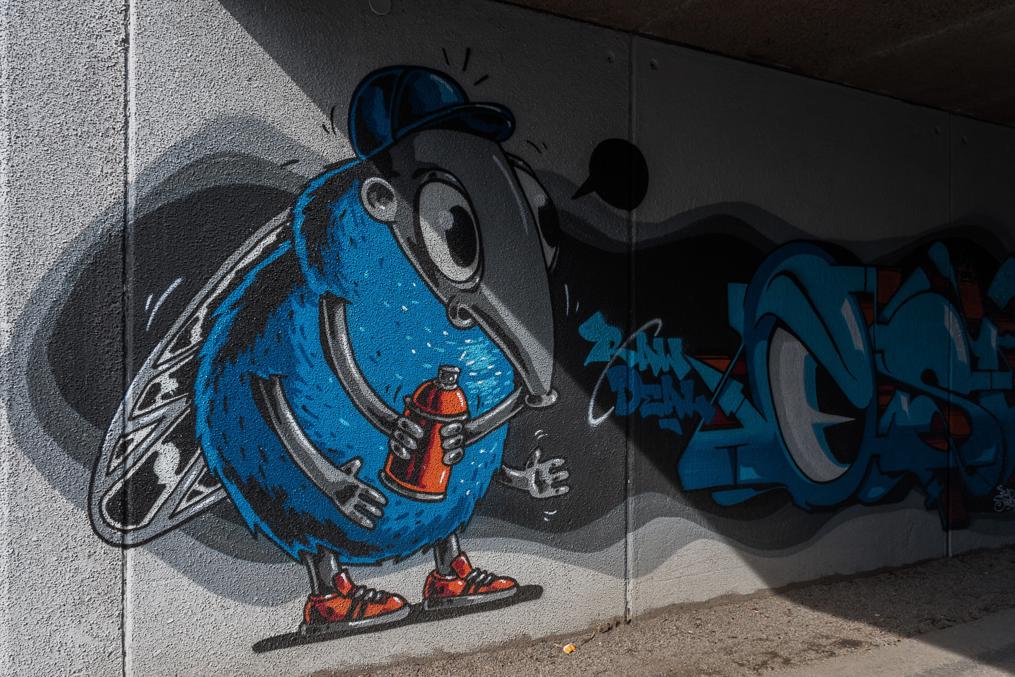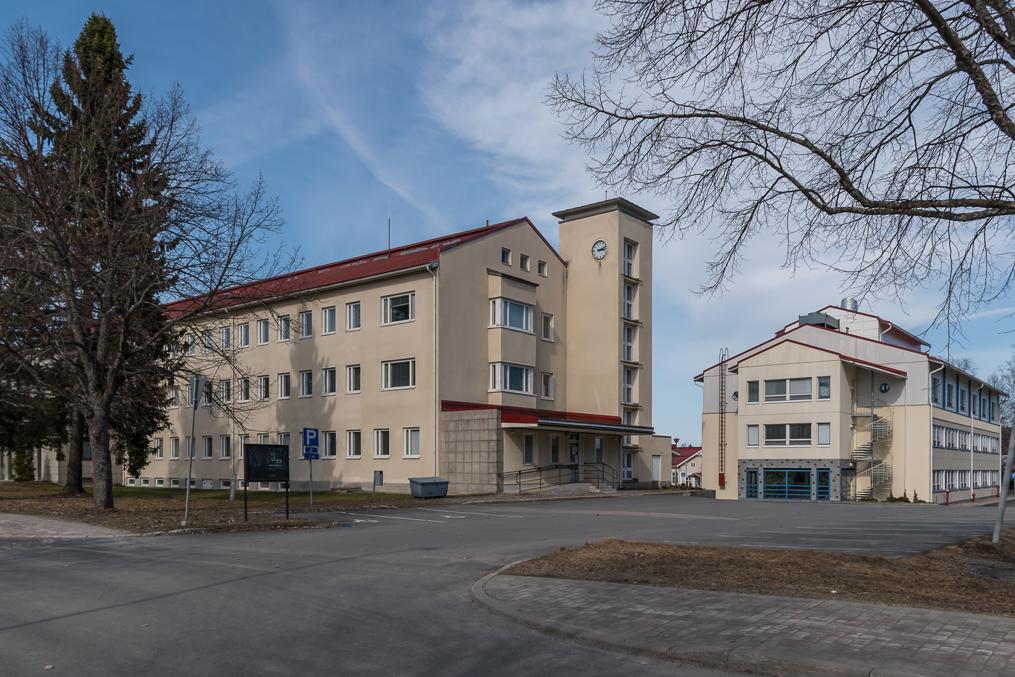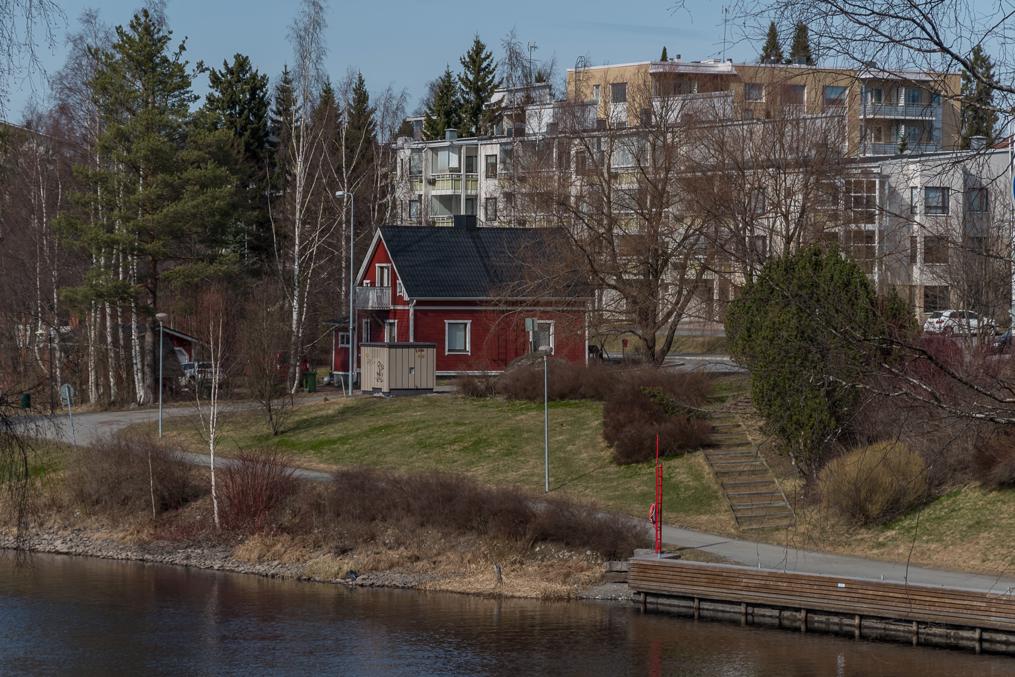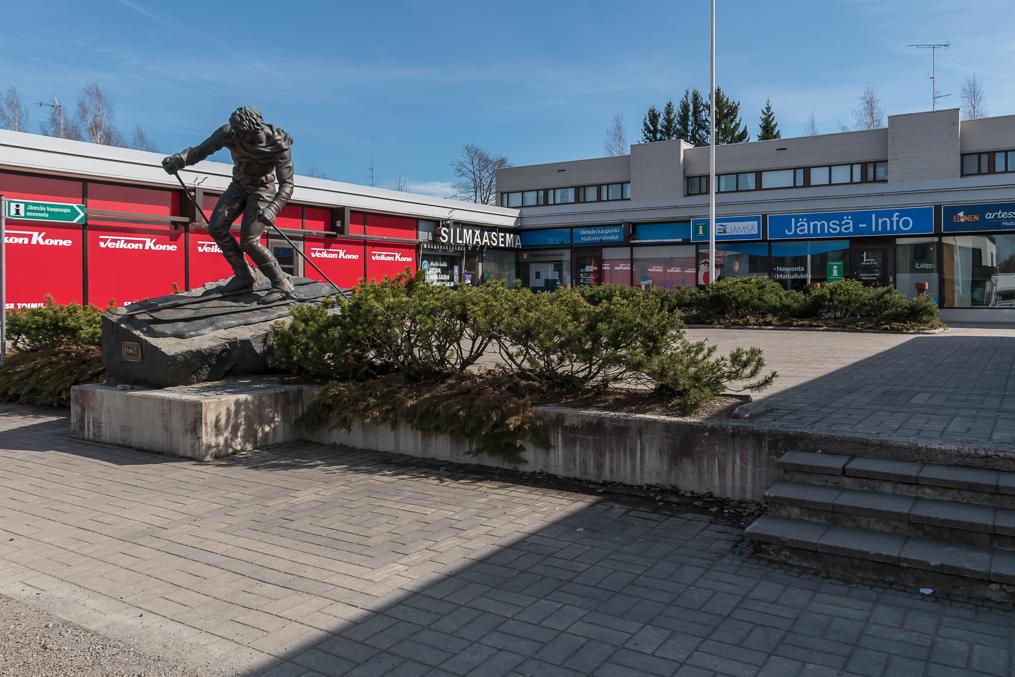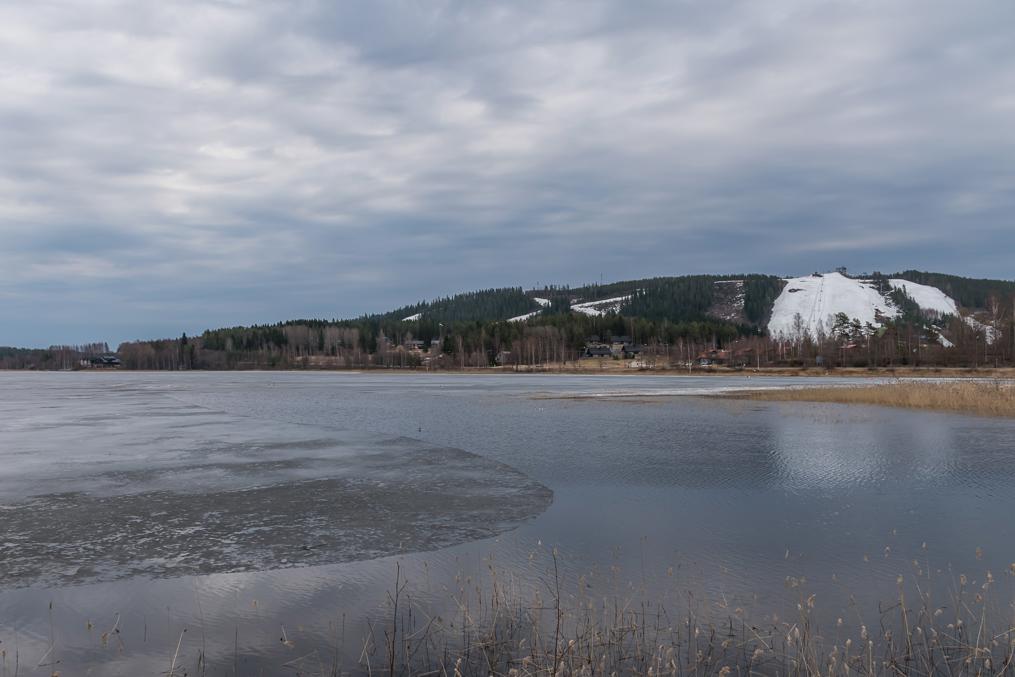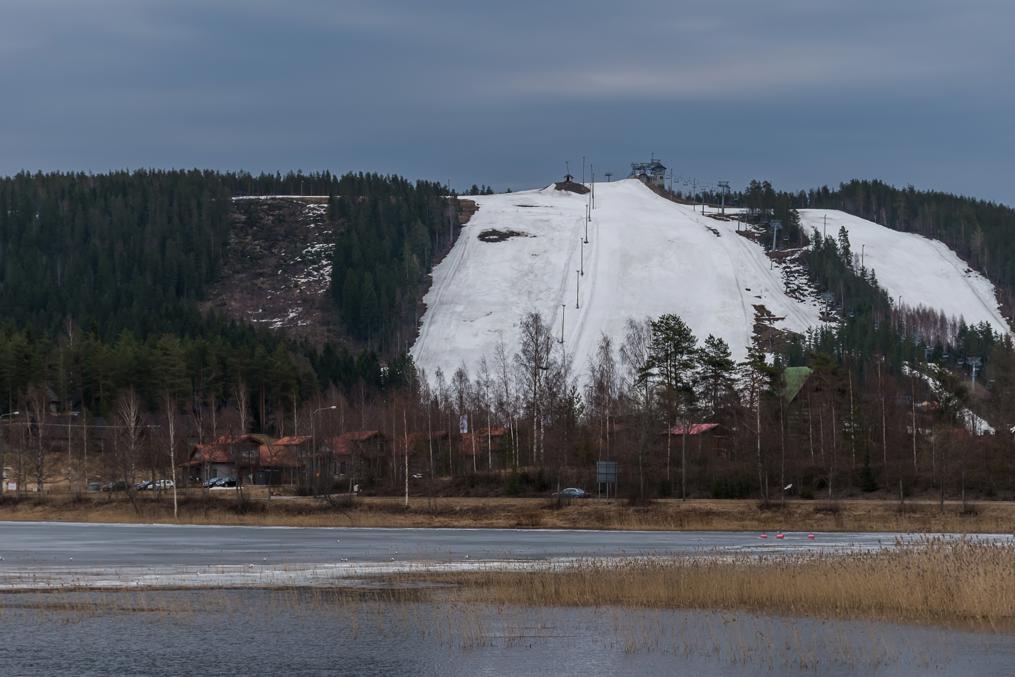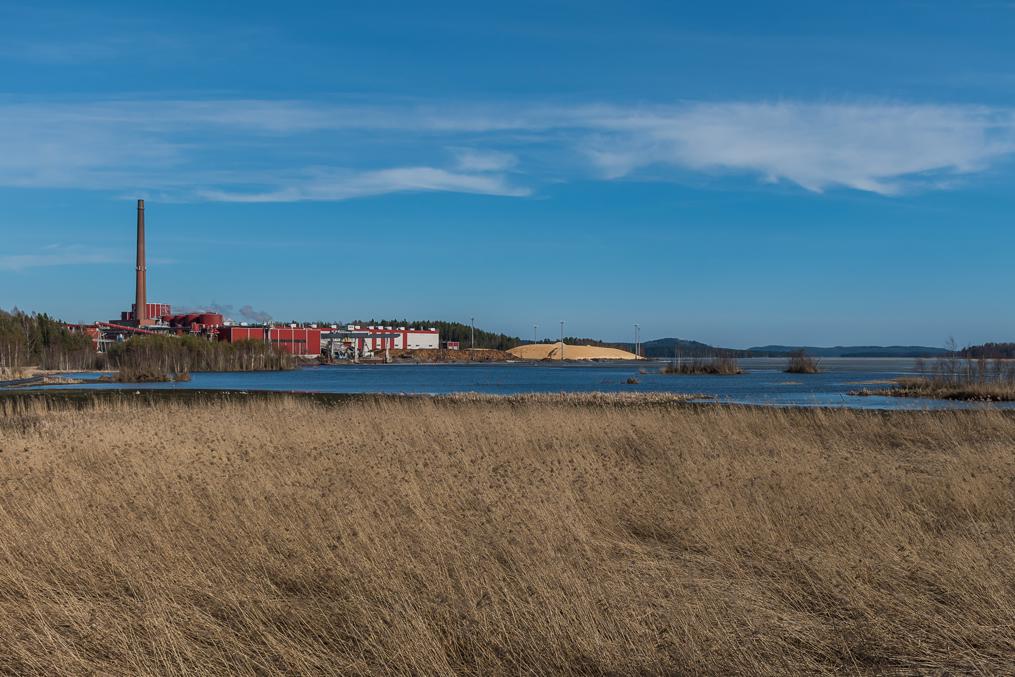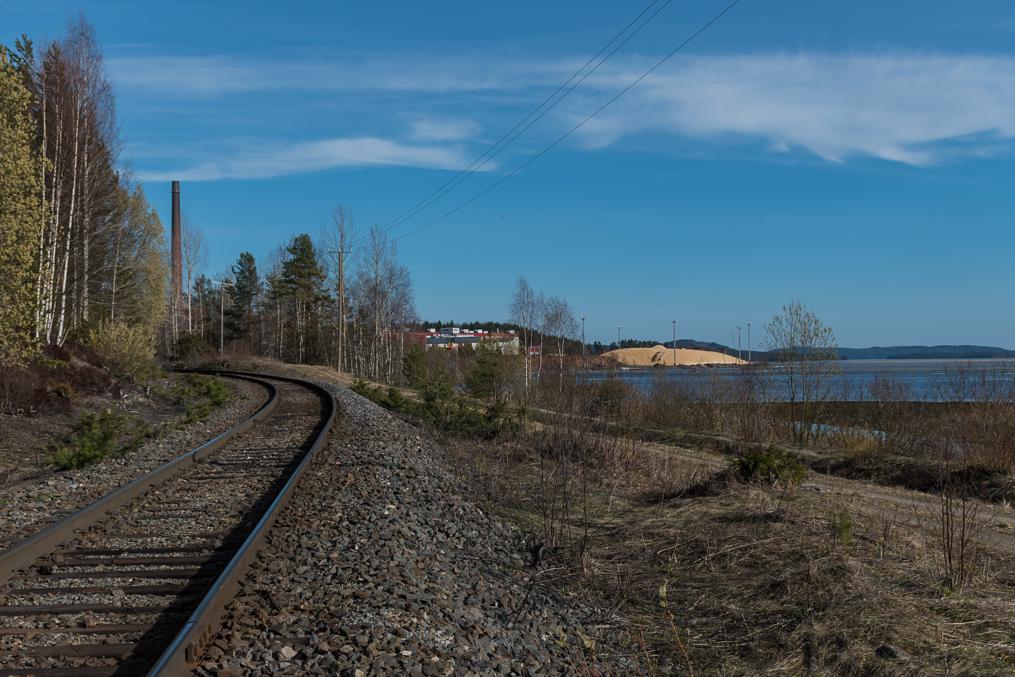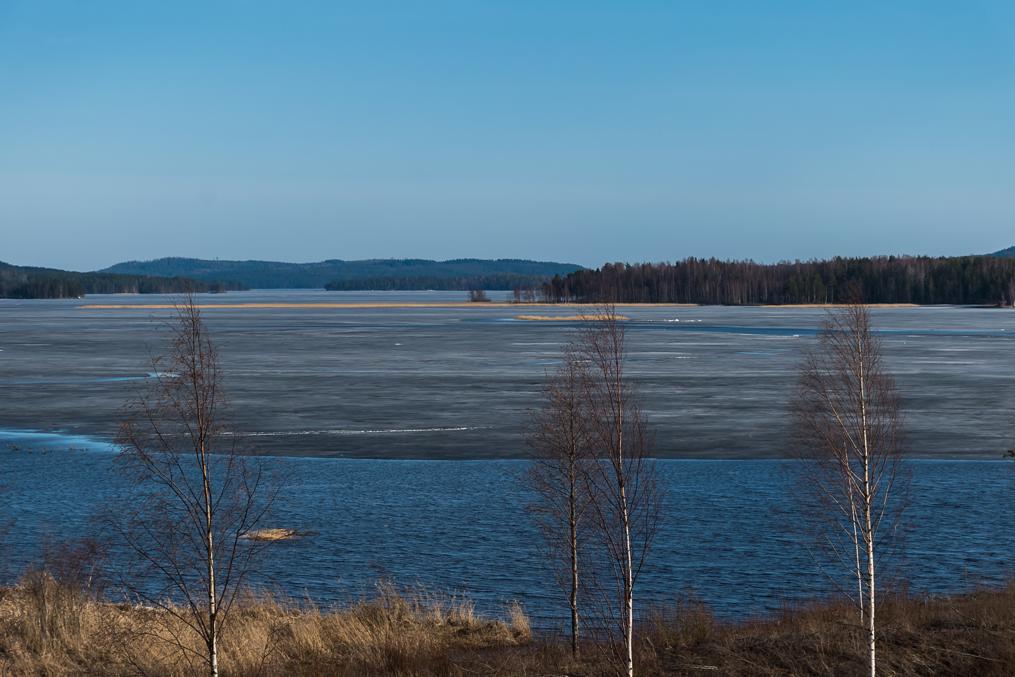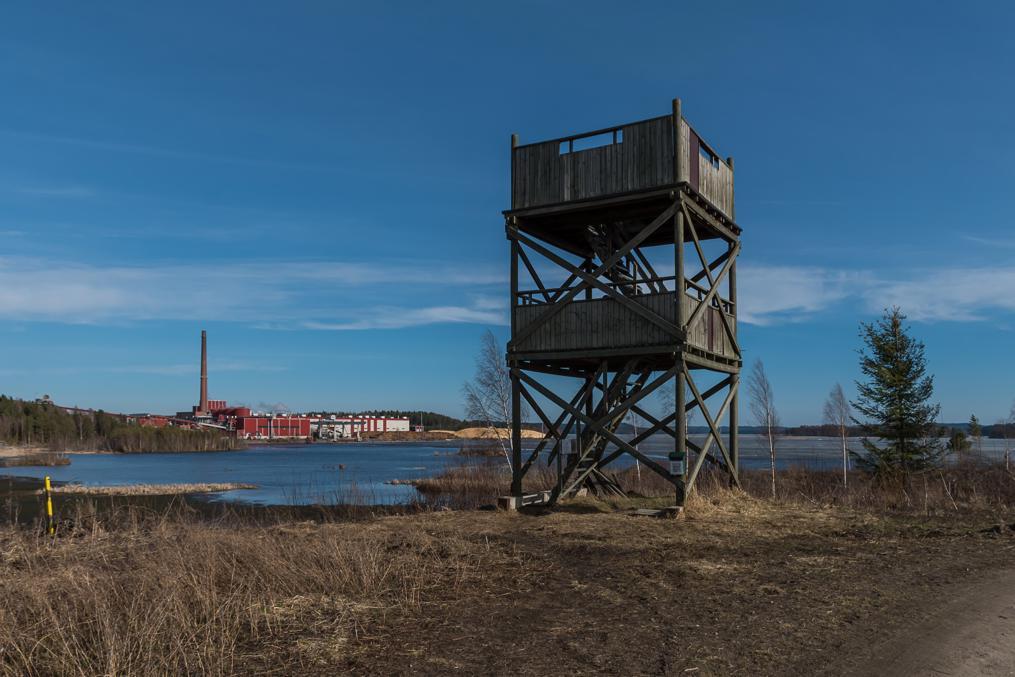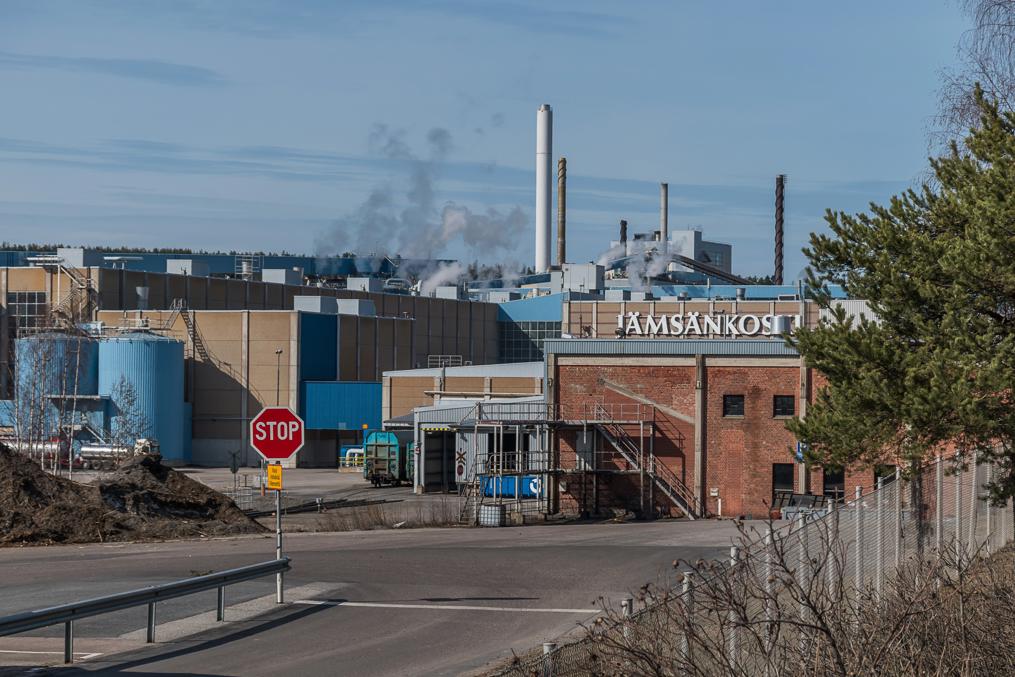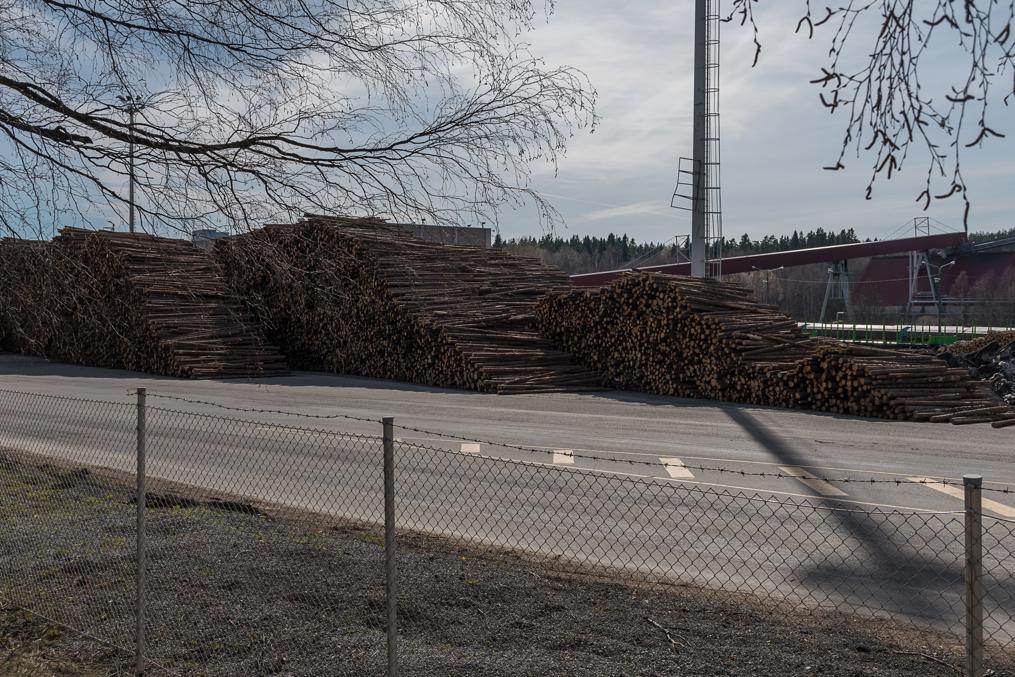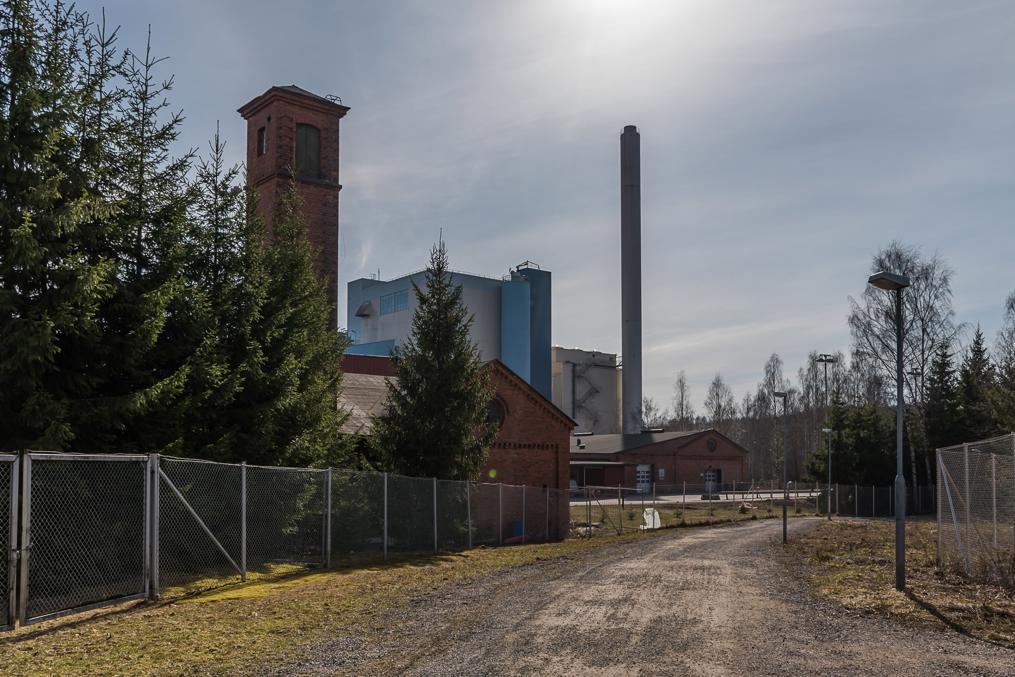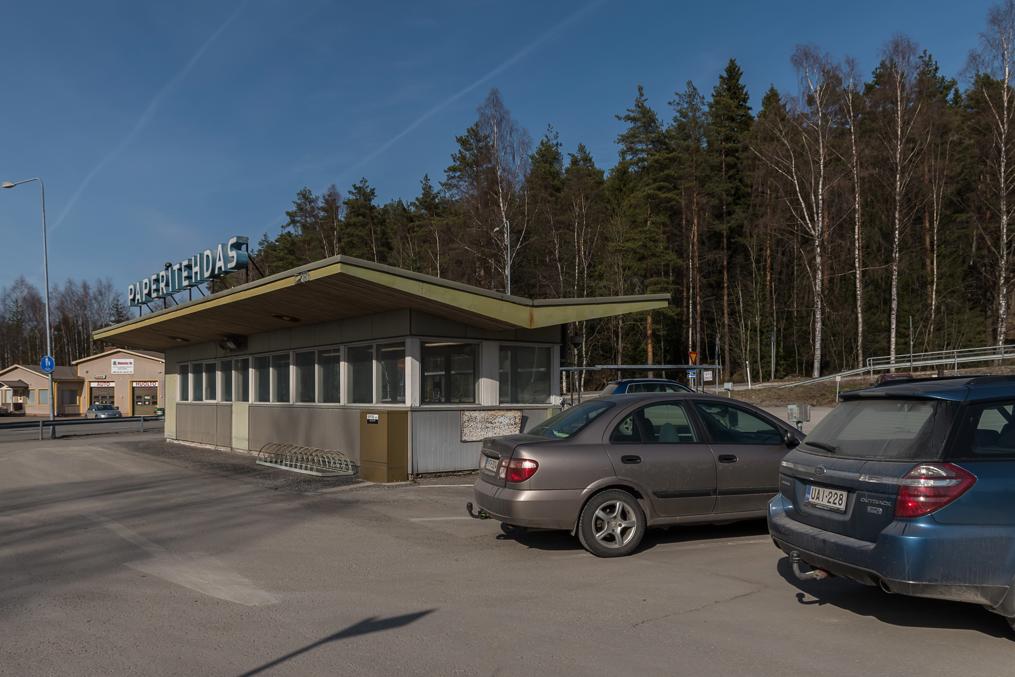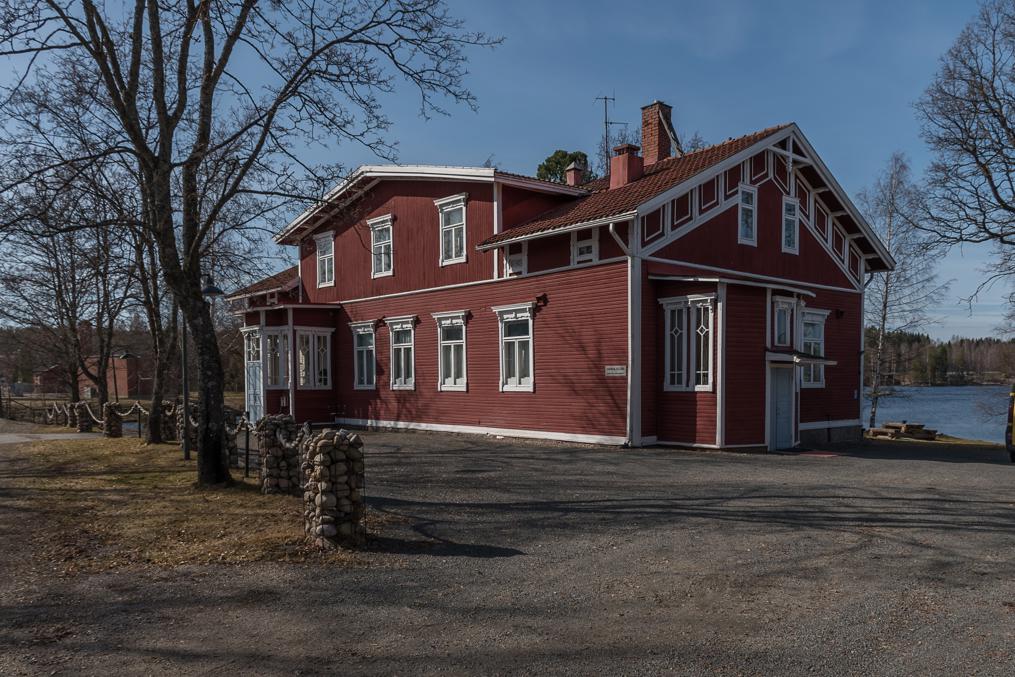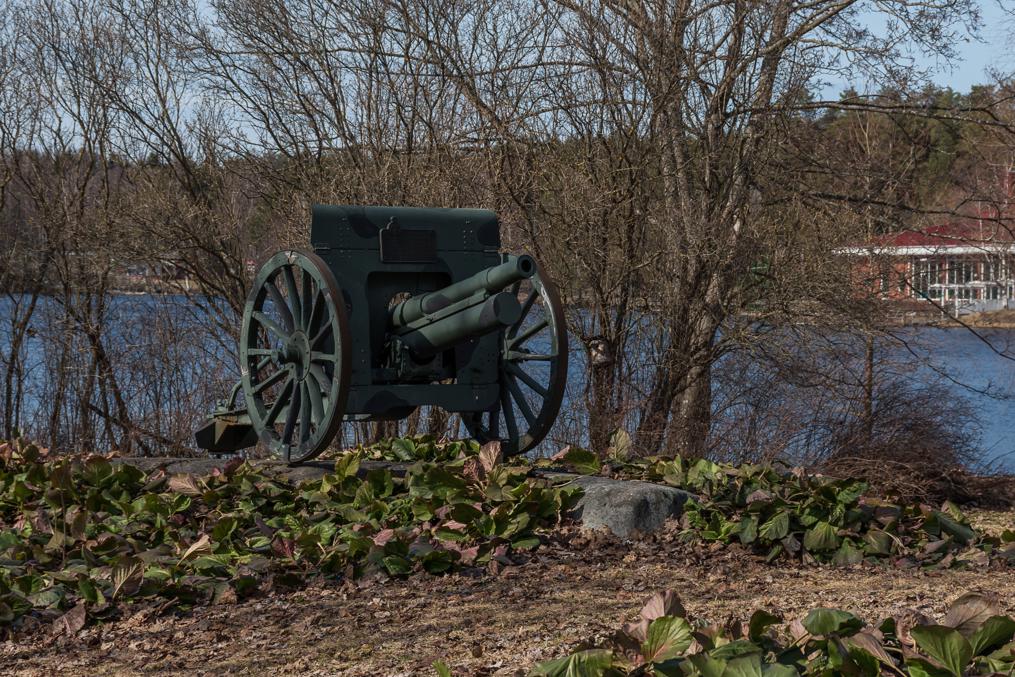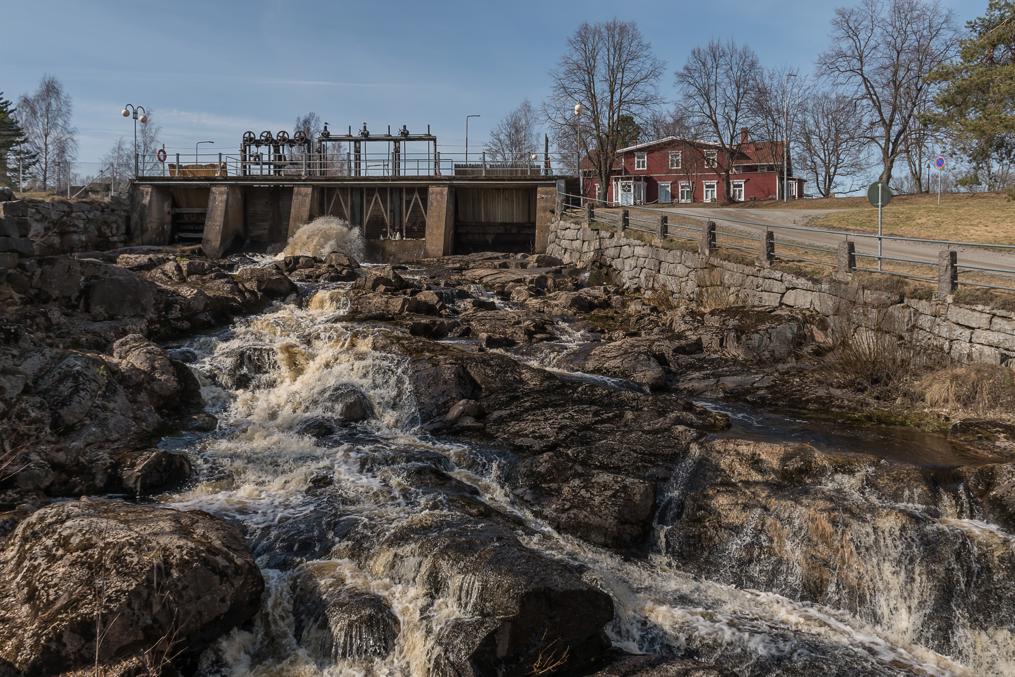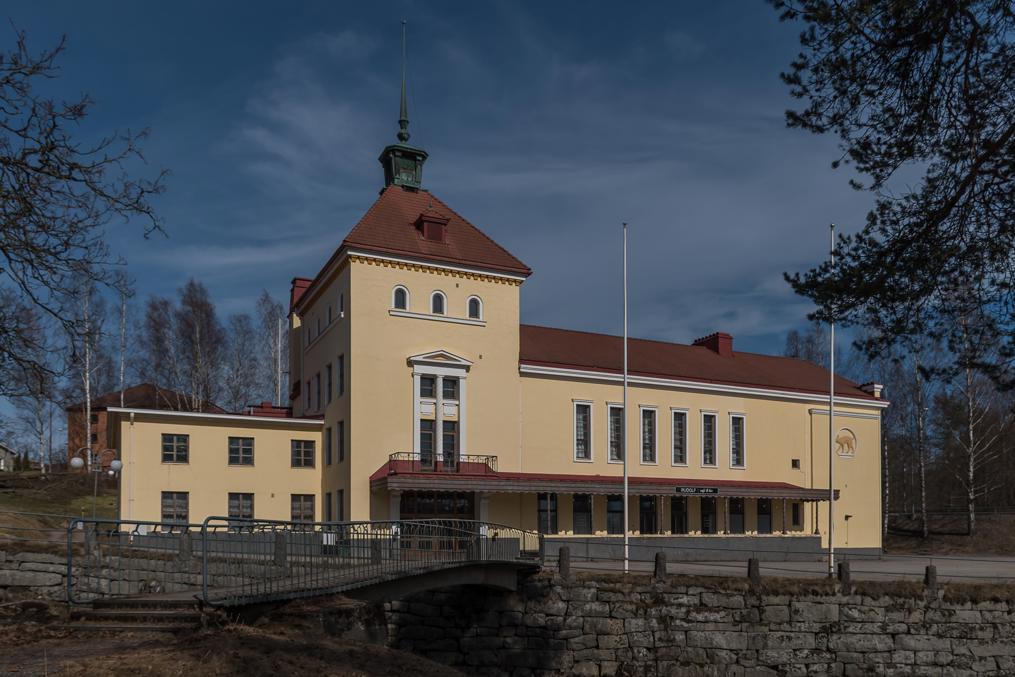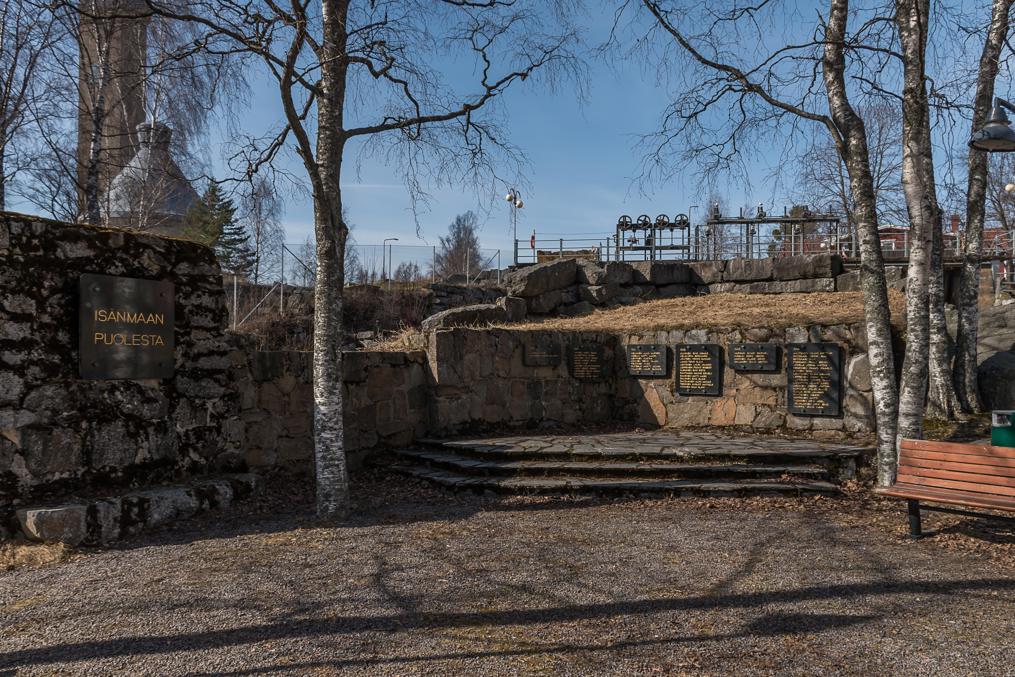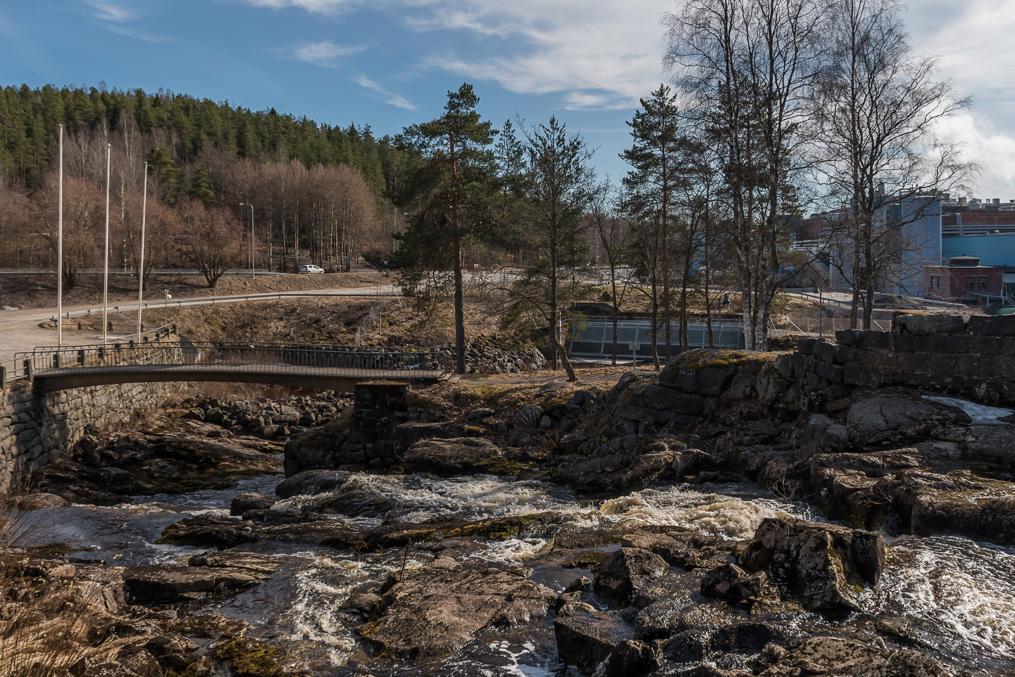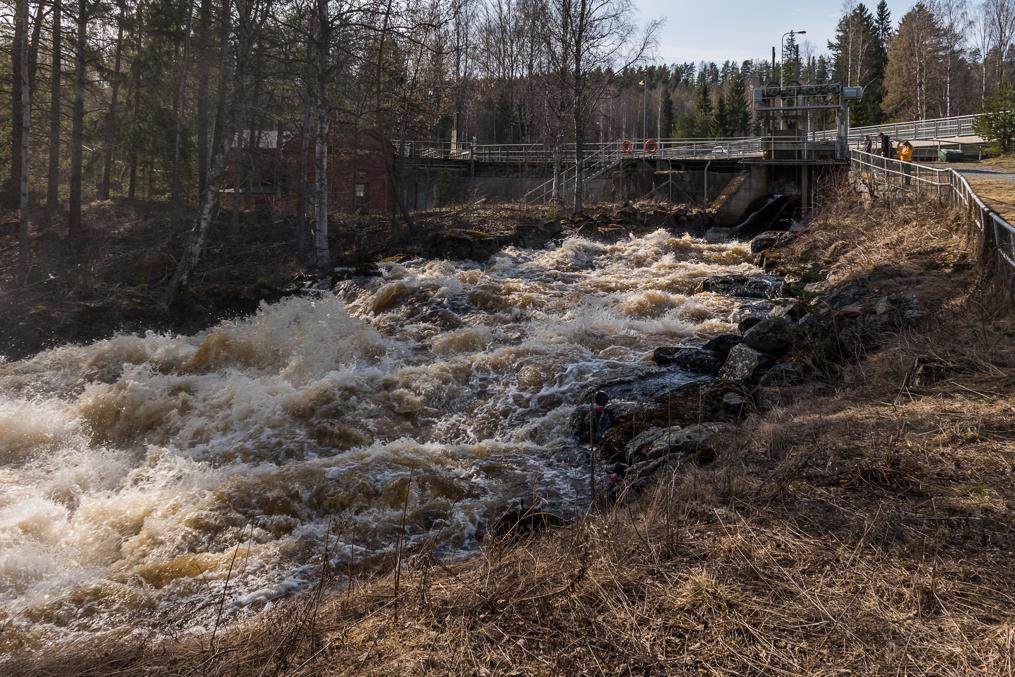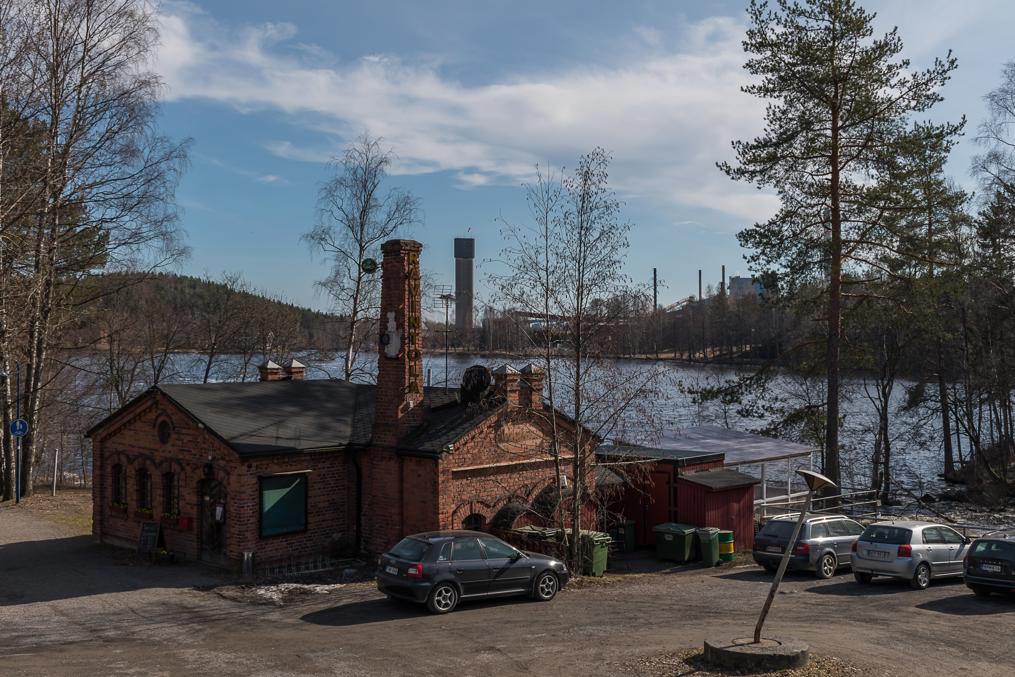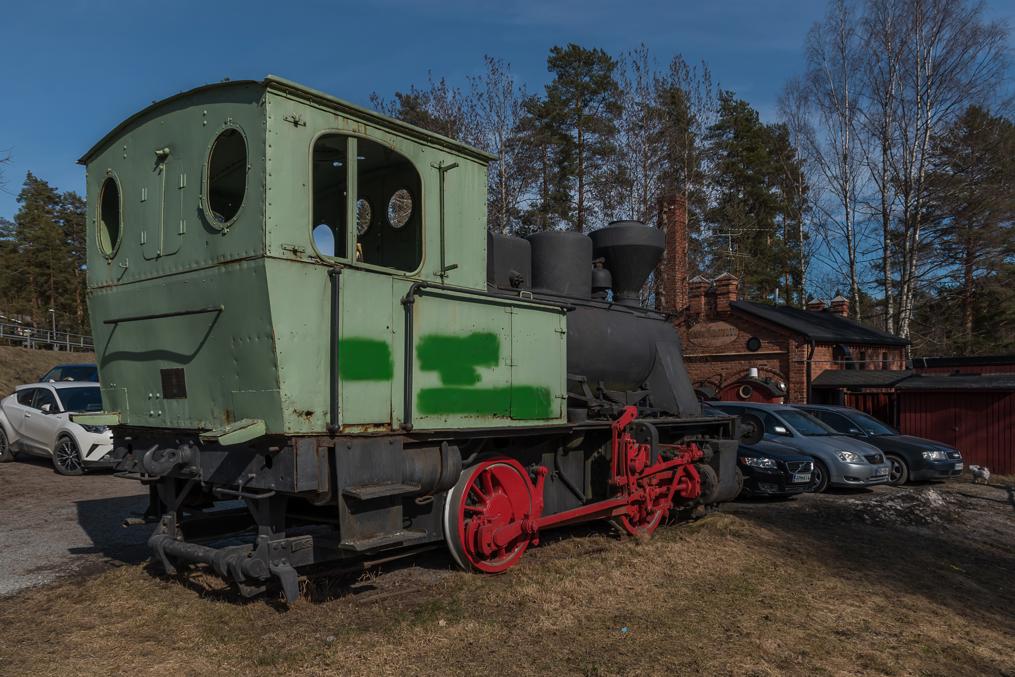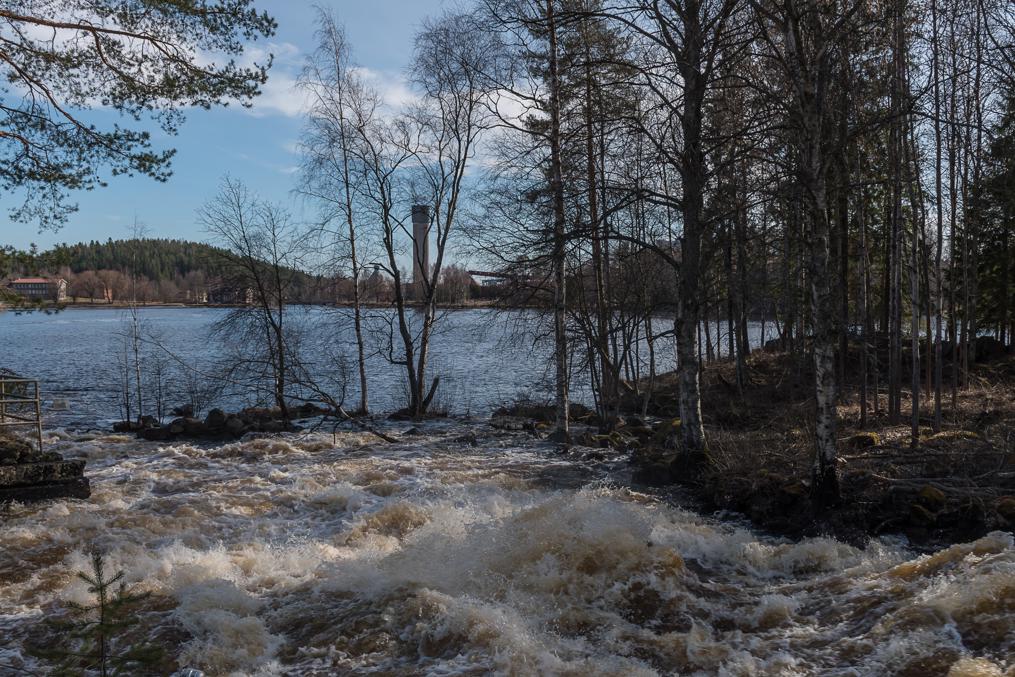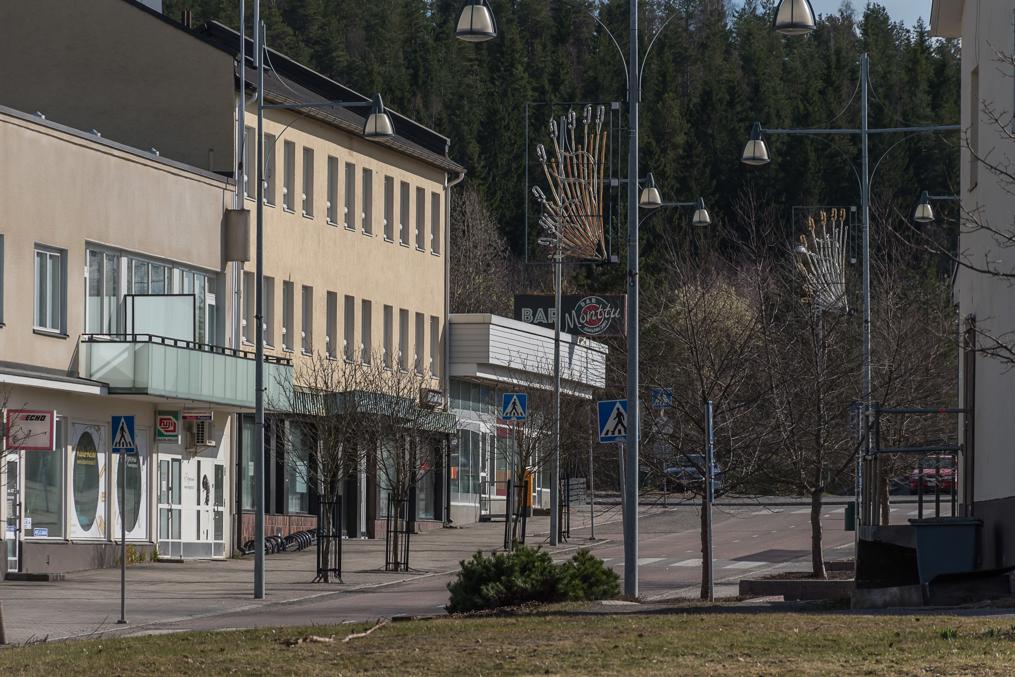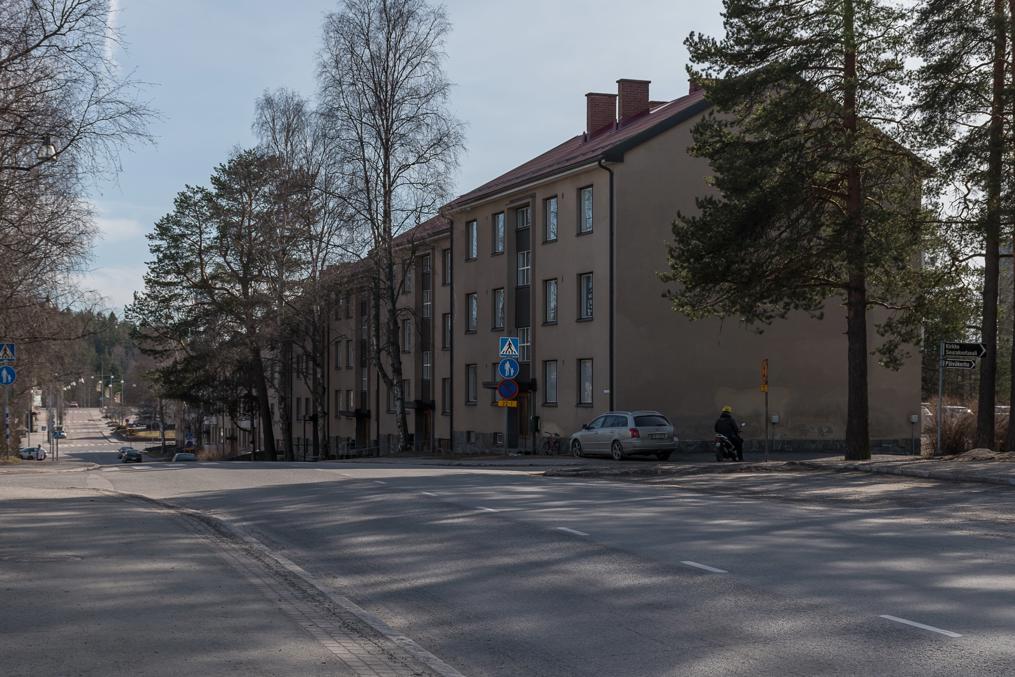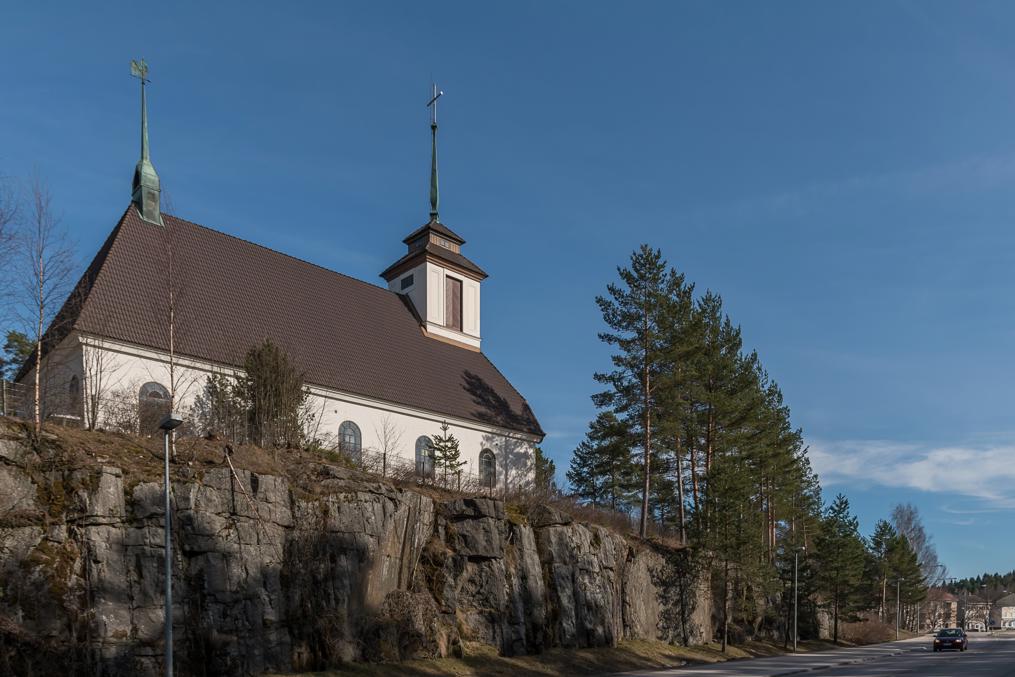Jämsä is a minor industrial town in Central Finland halfway between Tampere and Jyväskylä, with a population of about 12,000 (urban area; entire municipality about 19,000). This is an old parish, established in the Middle Ages; it had long been a local center of these hilly sparsely populated lands, far inland from the sea. As a town it is however quite young (market town (kauppala) status from 1969, city from 1977) and lacks major sights.
Jämsänjoki river, flowing through the city into the great Päijänne lake, is navigable in its lower reaches, and quite a few old steamships are moored on its banks (and also there are weird naked people statues).
As Päijänne lake system is not connected to the sea, the river hasn't had any practical transportation use in ages. Railway reached Jämsä in 1950; it was a dead-end line for some time, until Jämsä-Jyväskylä connection was built in 1978; Helsinki-Jyväskylä trains now stop at the very plain-looking Jämsä station.
Jämsä church dates from 1929, a neoclassic stone church, built just before more unusual looking functionalist churches became common. The previous wooden church burned down in 1925. As usual there is a war cemetery.
Various views from Jämsä center and nearby. The main street was being renovated as a mostly pedestrian street (pictures are from 2019 and by now it's long been finished, of course). The park appears to be rather new as well.
The skier statue in the center refers to Himos, hills a few kilometers east of Jämsä, probably far better known place than Jämsä itself; it is one of the biggest ski resorts in Finland outside of Lapland and Koillismaa region. I think the slopes were already closed for the season at the time, thus Himos looks a bit sad.
Kaipola paper factory was one of the major modern industrial facilities in Jämsä and operated in 1952-2021, at the shore of Päijänne lake a few kilometers from the city. It was a large paper factory, owned by UPM, and its closure was a heavy blow to the local economy. 450 jobs were lost. Paper industry has in general been in decline in Finland, as worldwide paper demand is falling. Kaipola industrial area has since been used by a recycling company, although according to latest news it itself ran into financial difficulties quite soon after opening.
Jämsänkoski (Finn. Jämsä Rapids), immediately to the north of Jämsä (6 km between Jämsä and Jämsänkoski centers), is its satellite town, also built around a paper factory, but a considerably older one. This factory is still in use as of 2023, and also owned by UPM.
Jämsänkoski is a prettier place than Jämsä, in the way old industrial towns tend to be: older red brick buildings, managers and workers quarters, hydro power dams and so on.
There are two small hydro power dams in Jämsänkoski on Jämsänjoki river; both have old stream beds preserved, and at least in spring water sometimes can be let through. This is Patalankoski, with Ilveslinna (Finn. Lynx Palace), a former workers club building, next to it, and a war memorial.
Rekolankoski upstream, with an old mill building used as a restaurant, and a narrow-gauge steam engine (built in Germany in 1931) formerly used in the factory.
Jämsänkoski center, quite close to the factory and the river, is less notable. The church dates from 1935. Most of the buildings on central streets are built in functionalist style, typical for the era.


